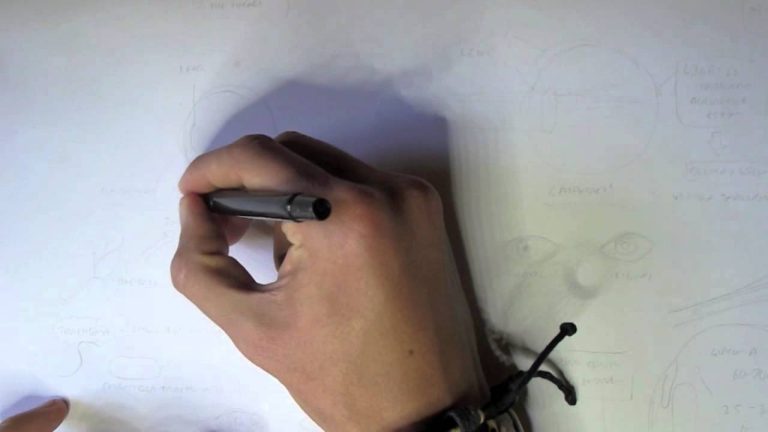Improve Your Visual Attention with These Optometrist-Recommended Techniques
Welcome to our visual attention blog! In this article, we are going to discuss the importance of visual attention and how it affects daily life. Visual attention is a cognitive process by which the brain selects and prioritizes certain stimuli in the visual field, while filtering out others.
Visual attention is crucial for several reasons. First, it assists in recognizing objects and events in the environment, allowing individuals to respond appropriately. Additionally, visual attention plays a vital role in learning and memory, enabling individuals to remember important information.
Types of Visual Attention
There are two types of visual attention: bottom-up and top-down. Bottom-up processing refers to attention that is involuntarily drawn to a stimulus due to its physical properties, such as color, size or contrast. In contrast, top-down processing refers to attention that is guided by an individual’s knowledge, goals, and expectations.
Factors Affecting Visual Attention
Several factors can influence an individual’s visual attention, such as age, fatigue, and distractions. Age causes a decline in visual attention due to the deterioration of the brain’s ability to process information. Fatigue can impair visual attention because it reduces a person’s ability to concentrate. Distractions such as noisy environments, technology and multitasking can negatively impact visual attention, decreasing productivity and increasing errors.
The Importance of Visual Attention in Optometry
Visual attention is a key element in optometry, as it plays a significant role in eye examinations and the diagnosis of eye-related conditions. An optometrist’s evaluation of visual attention can detect potential eye problems, such as glaucoma, macular degeneration, and other eye diseases. It is also important to note that some eye conditions can indirectly affect visual attention, such as strabismus or lazy eye.
Improving Visual Attention
Several techniques can improve visual attention, including cognitive training, meditation and brain exercises. In addition, proper eye care and regular eye examinations promote the healthy functioning of the eyes, including visual attention. Optometry professionals can assist in determining the most effective methods for improving visual attention, based on each individual’s unique needs.
Conclusion
Visual attention is a vital cognitive process that significantly affects a person’s daily life, as well as their eye health. By understanding the types of visual attention, factors that affect it, and techniques for improving it, individuals can enhance their overall visual processing and eye health.
References
- Posner, M. I. (1980). Orienting of attention. Quarterly journal of experimental psychology, 32(1), 3-25
- Wu, C. C., Hamm, J. P., Lim, V. K., & Tjandra, J. J. (2007). Reduced interhemispheric attentional control in breast cancer patients with chemotherapy-related cognitive impairment: a voxel-based analysis of brain connectivity. NeuroImage, 36(3), 891-898
- Eysenck, M. W. (1982). Attention and Arousal. Springer Science & Business Media.
Contents
Most wanted in Hoya Vision:
What are prism eyeglass lenses?
Hoya Lens Engravings
What brand lenses does Costco use?
What does +0.25 mean on an eye test?
Do tinted glasses help with migraines?
Should eyeglasses cover eyebrows?
Hoya Identification Chart
What LED light is best for broken capillaries?
Does hyperopia worsen with age?
What is the difference between Ray Ban RB and Rx?
















